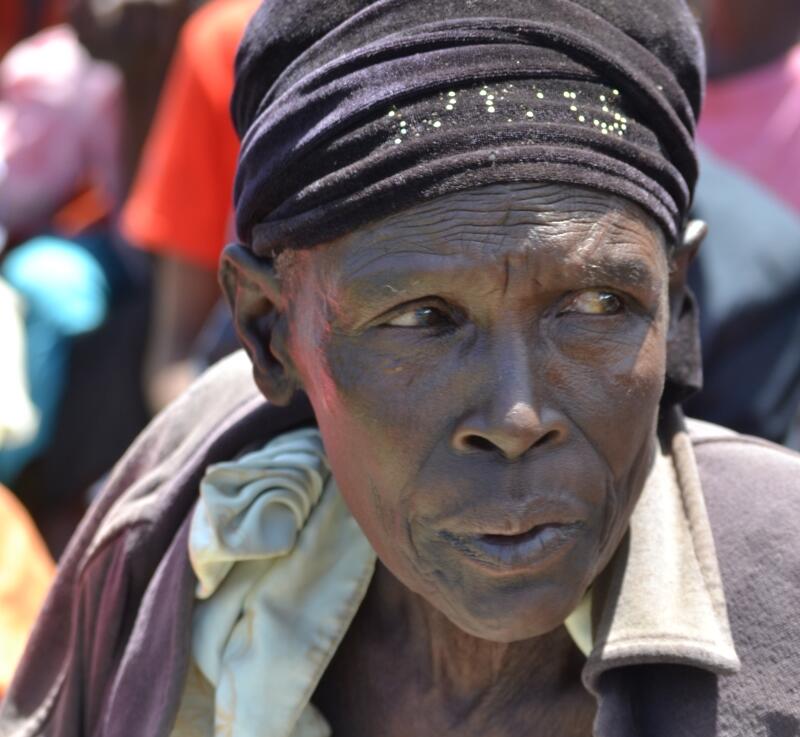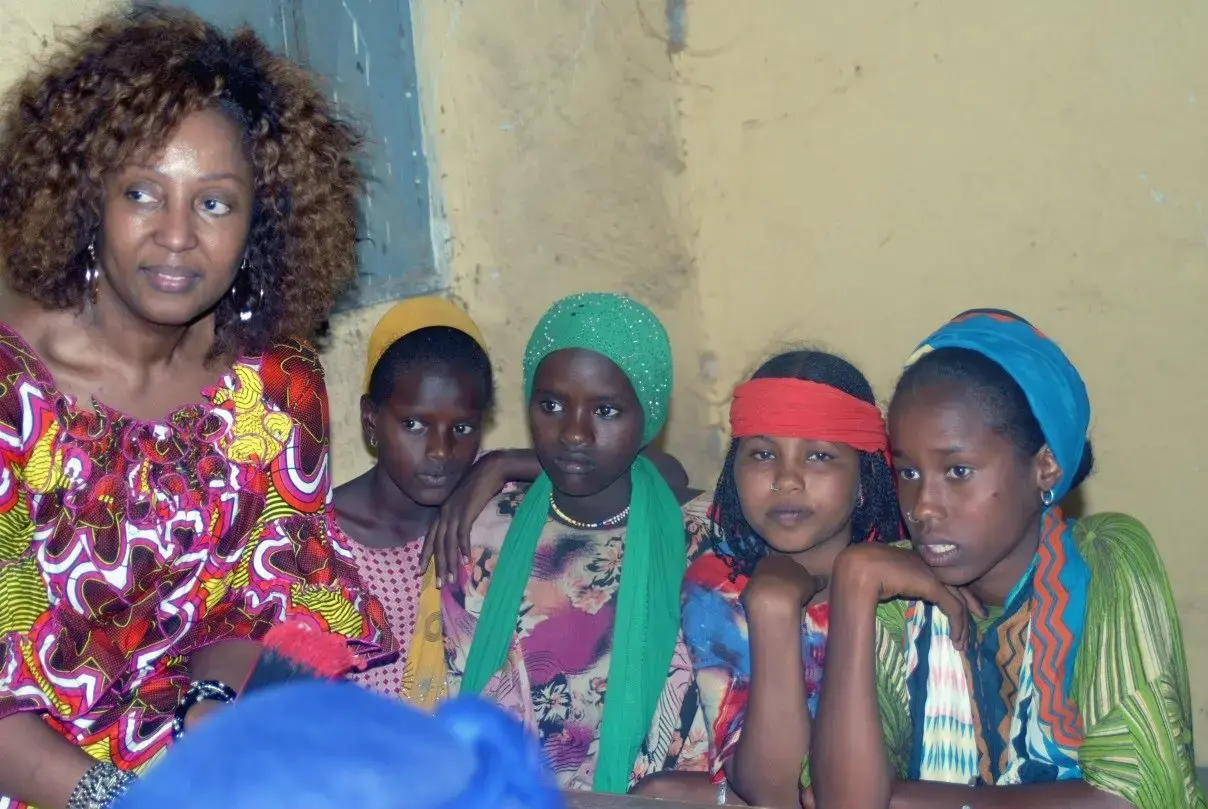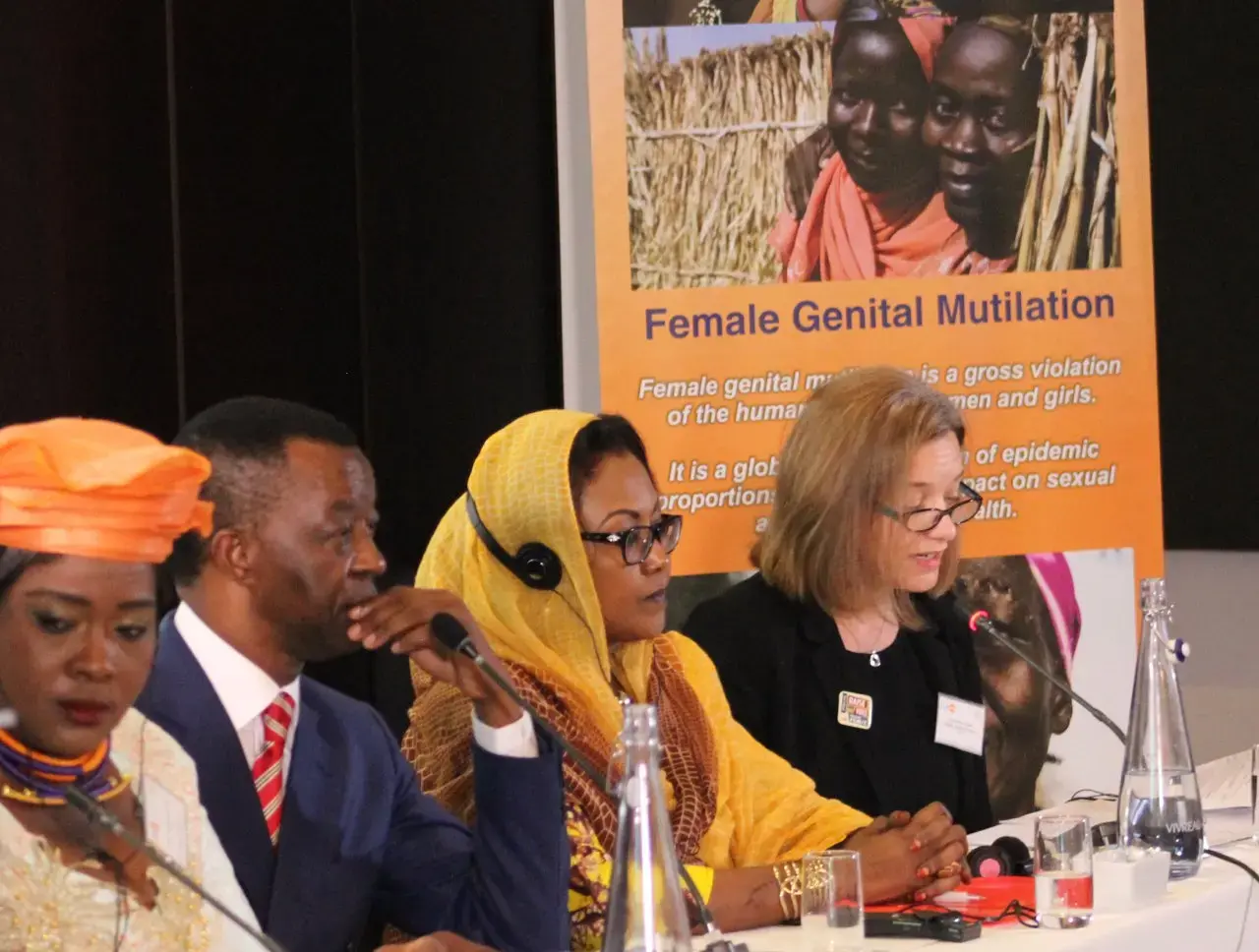KAWORYO, Bukwo, Uganda – For decades, Turutea Chelangat, 77, was one of the most well-known circumcisers among the Sebei people in Kaworyo, a village in the Bukwo hills of Eastern Uganda. She cannot remember the number of girls she would cut every season. “There were very many,” she says.
At the time she believed she had a calling to protect the Sebei culture of female genital mutilation (FGM) because for generations, her family were circumcisers.
I was told I had to keep our culture alive.
“At first I was trained as a mentor, guiding young girls and preparing for cutting the night before and encouraging them to be strong and ready. I was told I had to keep our culture alive,” she says.
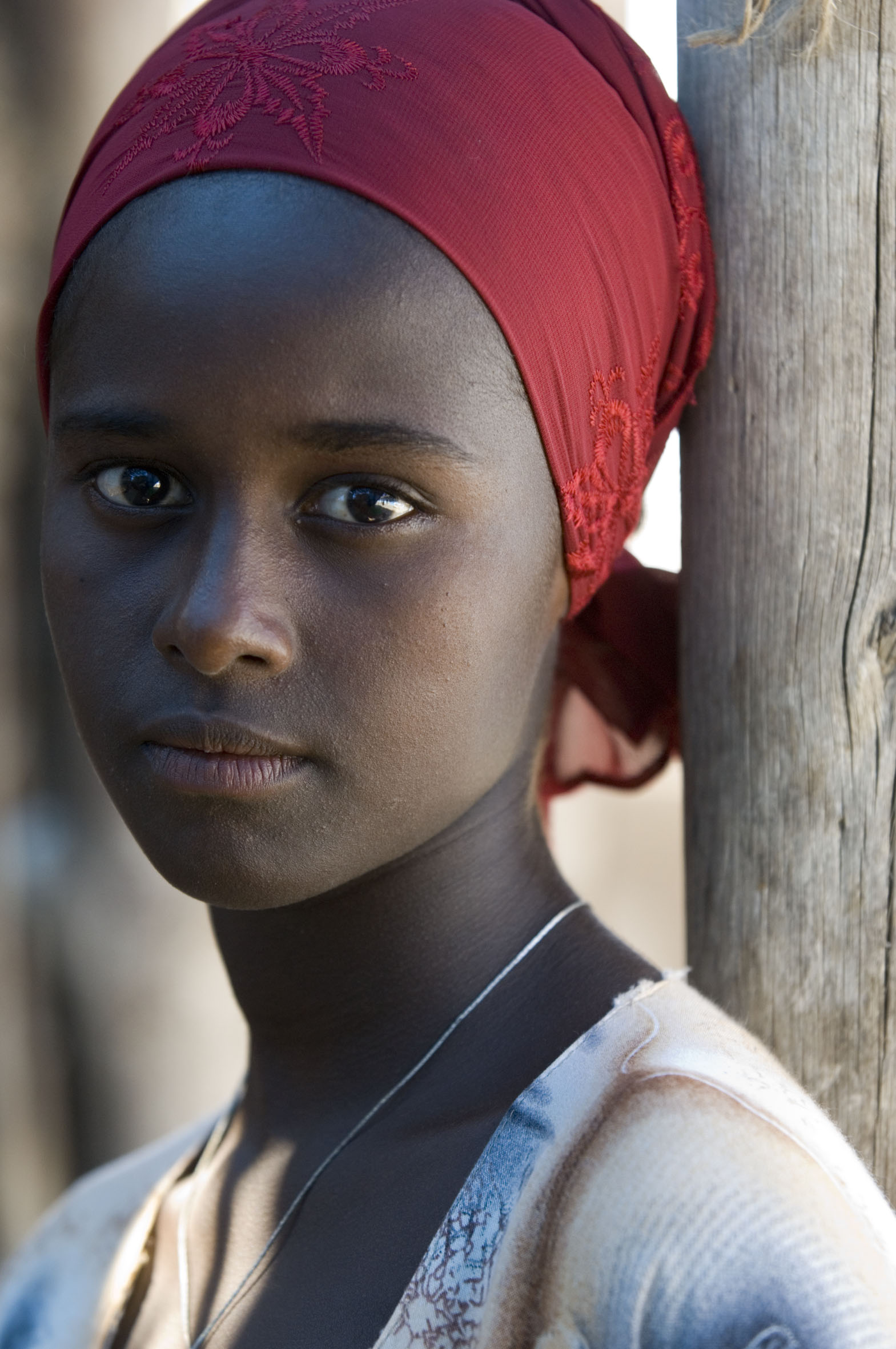
But this belief changed when she attended a community sensitization programme supported by UNFPA, the United Nations Population Fund.
UNFPA and UNICEF partner to end FGM
The UNFPA-UNICEF Joint Programme on Female Genital Mutilation/Cutting takes a human rights-based, culturally sensitive approach on support to national and community efforts to end the practice in the regions where FGM is most prevalent. It introduces positive social change by connecting directly with the community, religious leaders and women, especially the elderly, to educate them about the harmful effects of FGM. The Joint Programme has actively engaged practitioners, like Ms. Chelangat, who have been cutting girls for generations, to shift them away from the harmful tradition.
By working with governments and communities, the Joint Programme has made significant strides towards ending FGM. In addition to strengthening the legal and policy frameworks necessary to eliminate the practice, it has sped up changes in social and cultural norms towards abandonment.
It is through one of these programmes that Ms. Chelangat learnt that FGM hurts women and girls – and that a law in Uganda actually prohibits FGM.
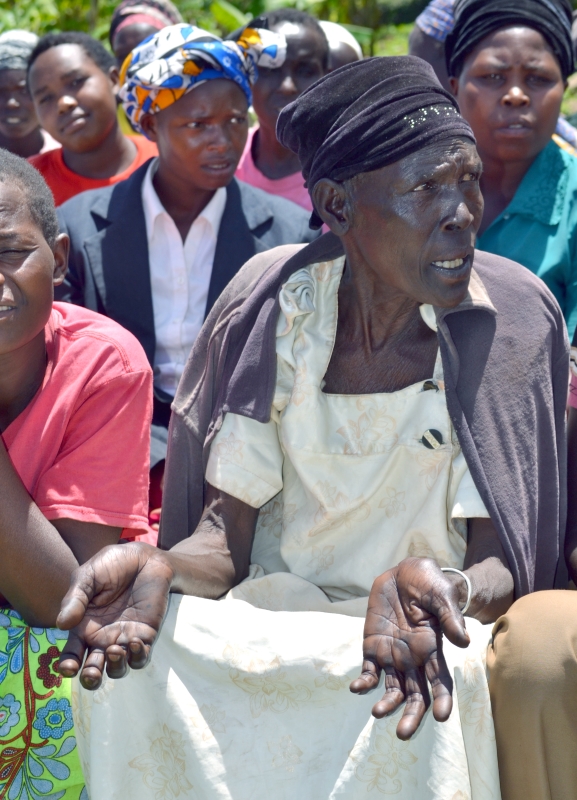
“When I heard the news that they were arresting people for cutting, I had to abandon it because I was told that I would be arrested,” she says.
Ms. Chelangat says she got rid of her cutting tools in a place where she knew she could never retrieve them: “I threw my cutting tools into the Kapterit stream,” she says, demonstrating how she did this. “I do not cut girls anymore.”
In 2010, the Uganda government passed the Prohibition of FGM Act (2010) which criminalized a practice that was deeply rooted in many traditional cultures and served as a rite of passage or as preparation for marriage. FGM Policy Guidelines and draft FGM Regulations have also been put in place.
Potentially life-threatening
FGM is the practice of partially or totally removing the external female genitalia. It is a life-threatening practice that has deprived millions of women globally of their right to life, dignity, health and physical integrity. Typically, the procedure is carried out without anesthesia and using crude instruments, such as knives and razor blades, often against the will of the girl or woman.
Potential consequences include death, sterility, paralysis and lifelong health problems, such as chronic pain, painful sexual relations, obstructed labour and psychological trauma.
It is estimated that globally, more than 130 million girls and women in the 29 countries in Africa and the Middle East where the practice is concentrated today have undergone some form of FGM.
I still get invited to cut girls but I say no.
High prevalence rate in some Ugandan communities
FGM is practiced by 1 per cent of the Ugandan population. However, among the Sabiny, Pokot and Tepeth communities living in the eastern and north-eastern districts of Uganda, where FGM is practiced, the prevalence rate is more than 90 per cent.
Today, Ms. Chelangat has committed to not ever cutting girls again, even though the temptation may still be there; cutting was a substantial source of income.
“When I would circumcise, I would get paid 20,000 Shillings (about $6) and a hen as a reward. I still get invited to cut girls but I say no,” she says.
As an alternative, she has gone into farming and spends most of her time tilling and weeding her garden. For her, circumcision is a thing of the past.
“Long ago they used to tell us uncircumcised girls cannot smear the house (plastering houses with mud or cow dung; in some cultures this is considered a woman's job) or fetch grain from the granary. But now I see that this is not true. Even without circumcision, women can get married and can cook,” she says.
By Evelyn Matsamura Kiapi

